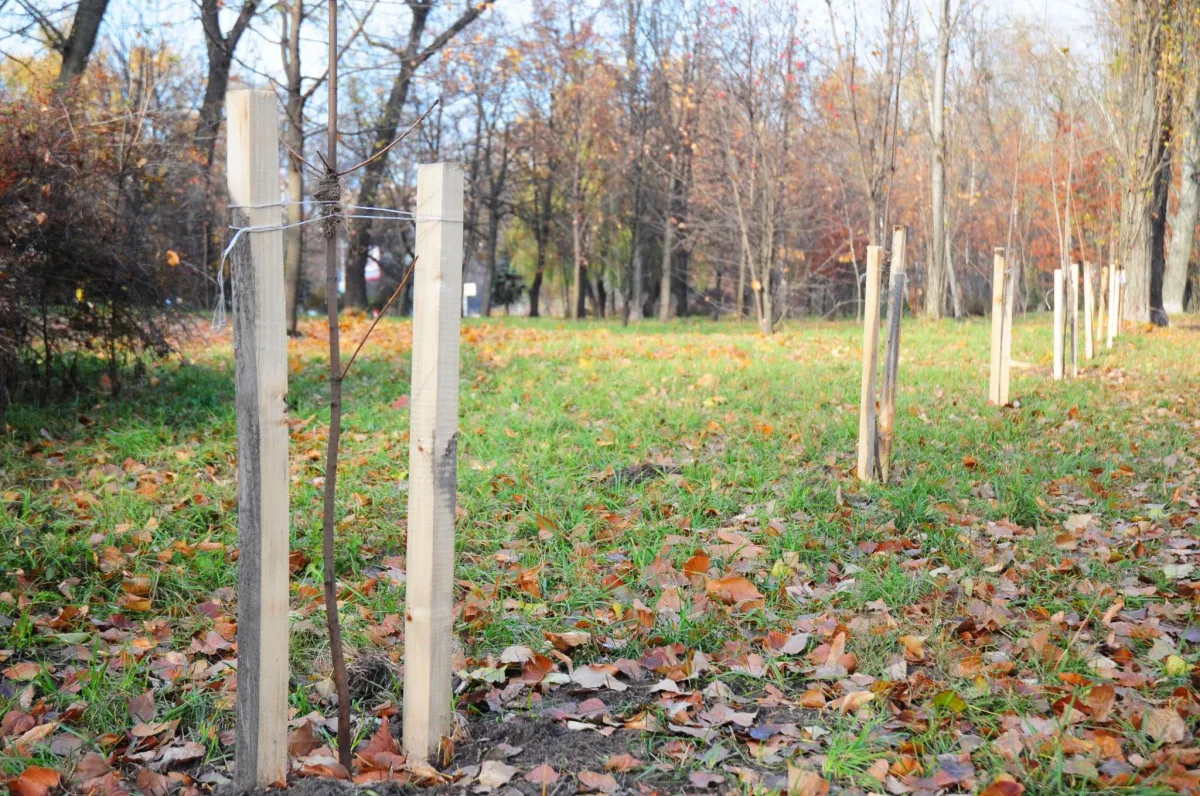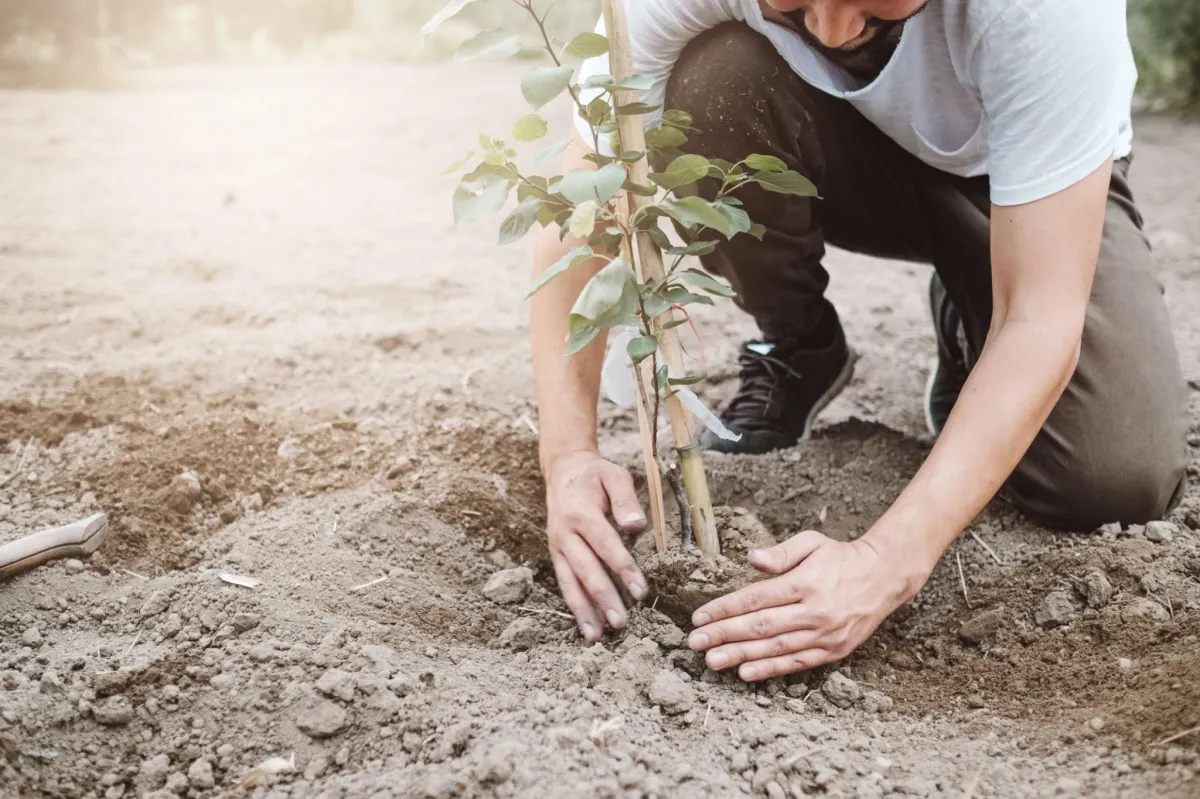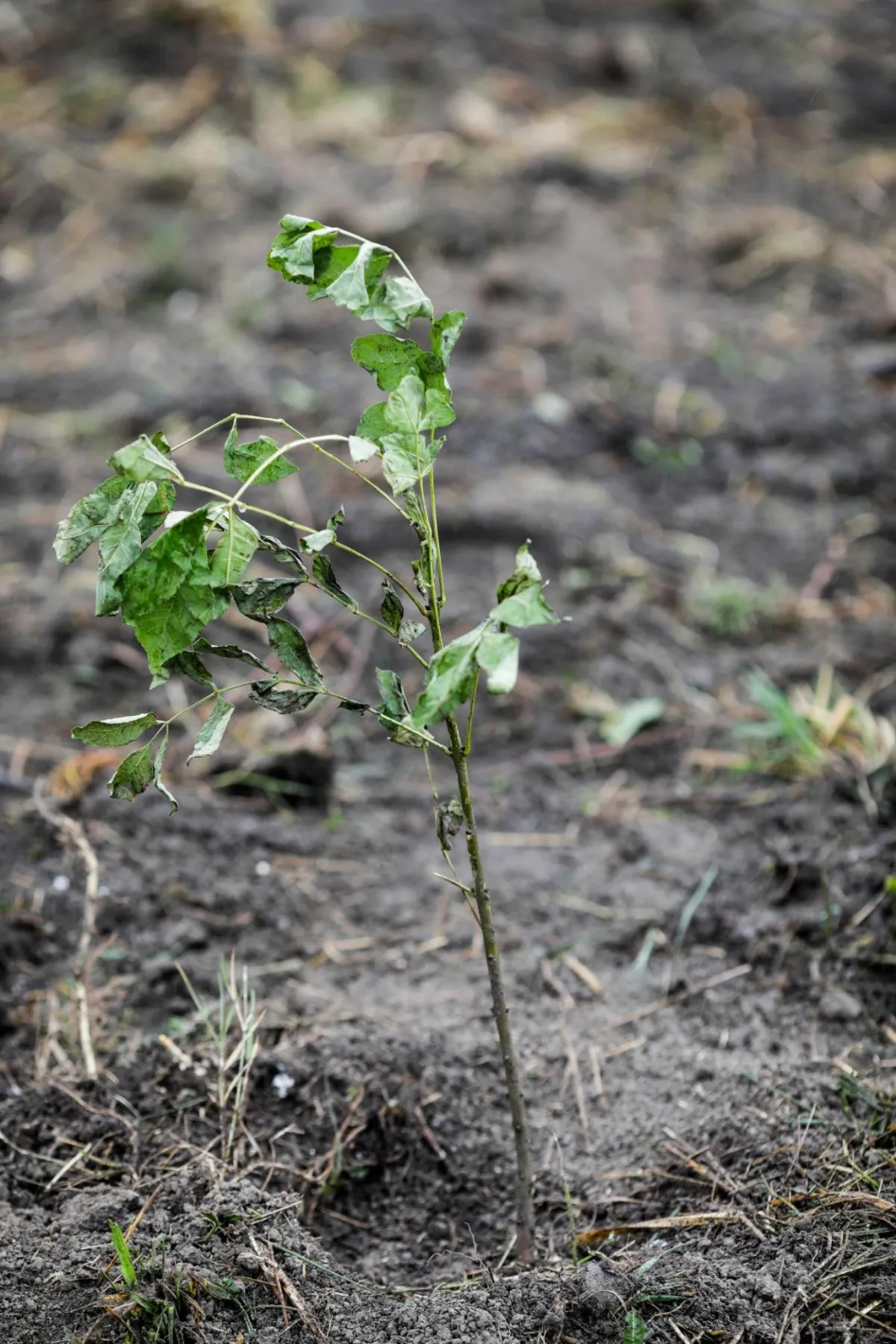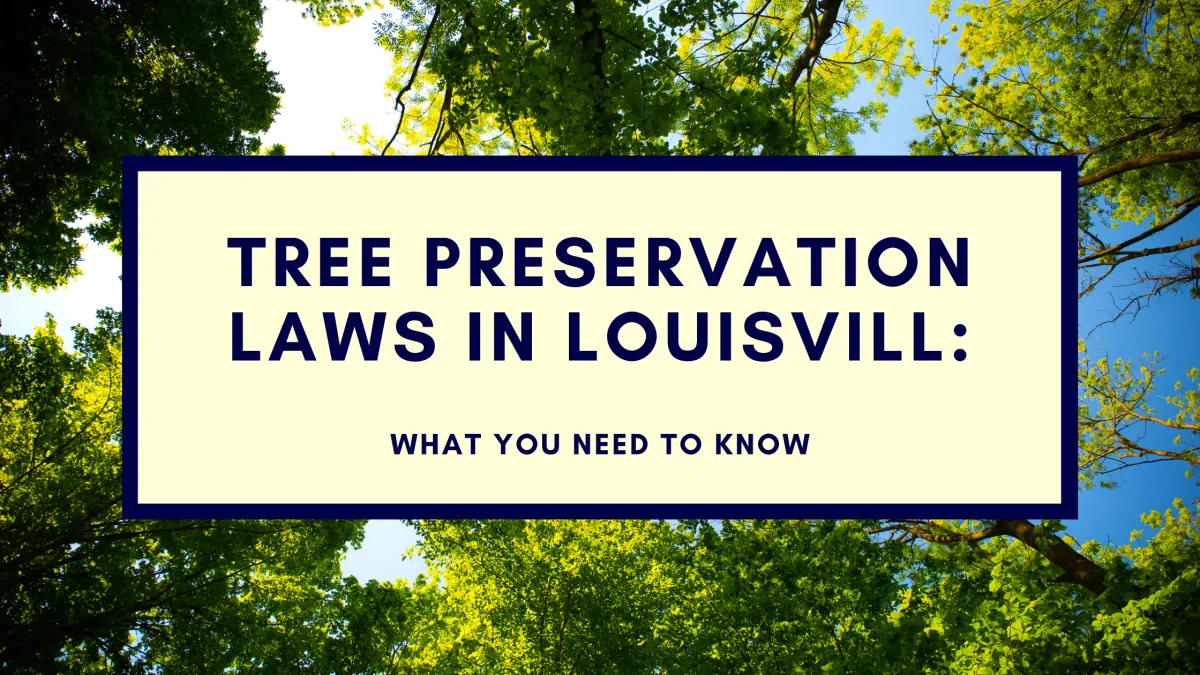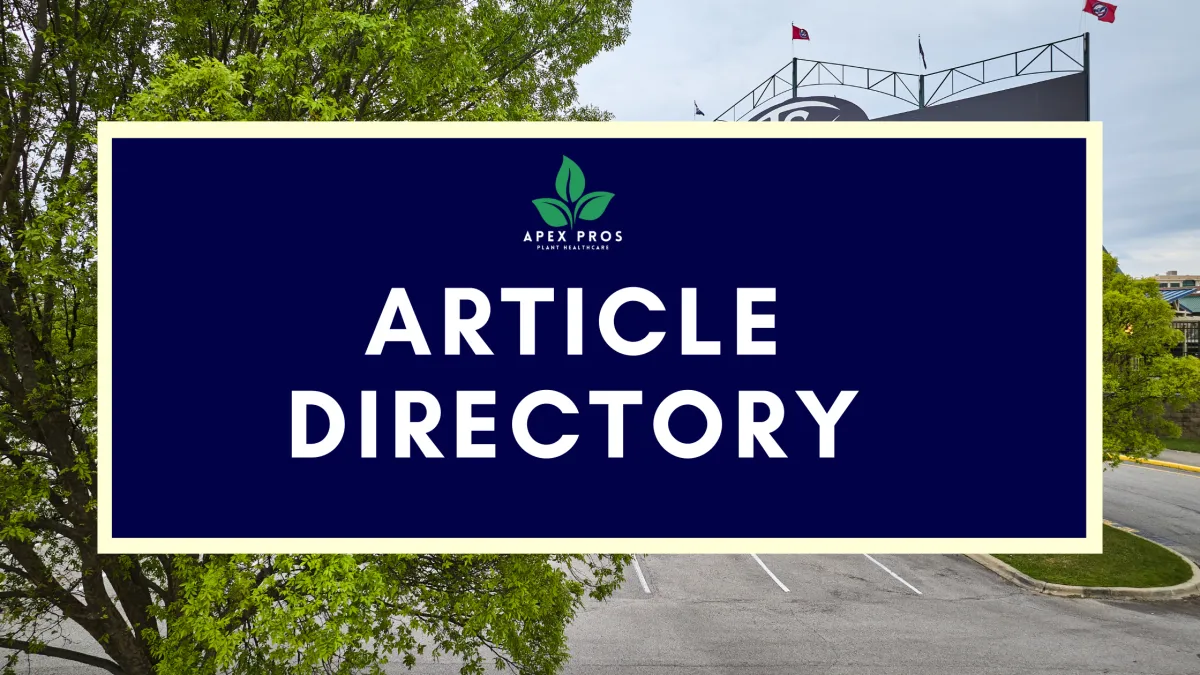
Blog > A Guide for Tree & Shrub Trimming or Removal
The Best Time to Plant Trees in Louisville: A Seasonal Overview
Planting trees is a rewarding activity that boosts property value and improves air quality. But to get the most out of it, it’s important to plant trees at the right time. In Louisville, KY, the timing of tree planting plays a big role in how well they grow and thrive.
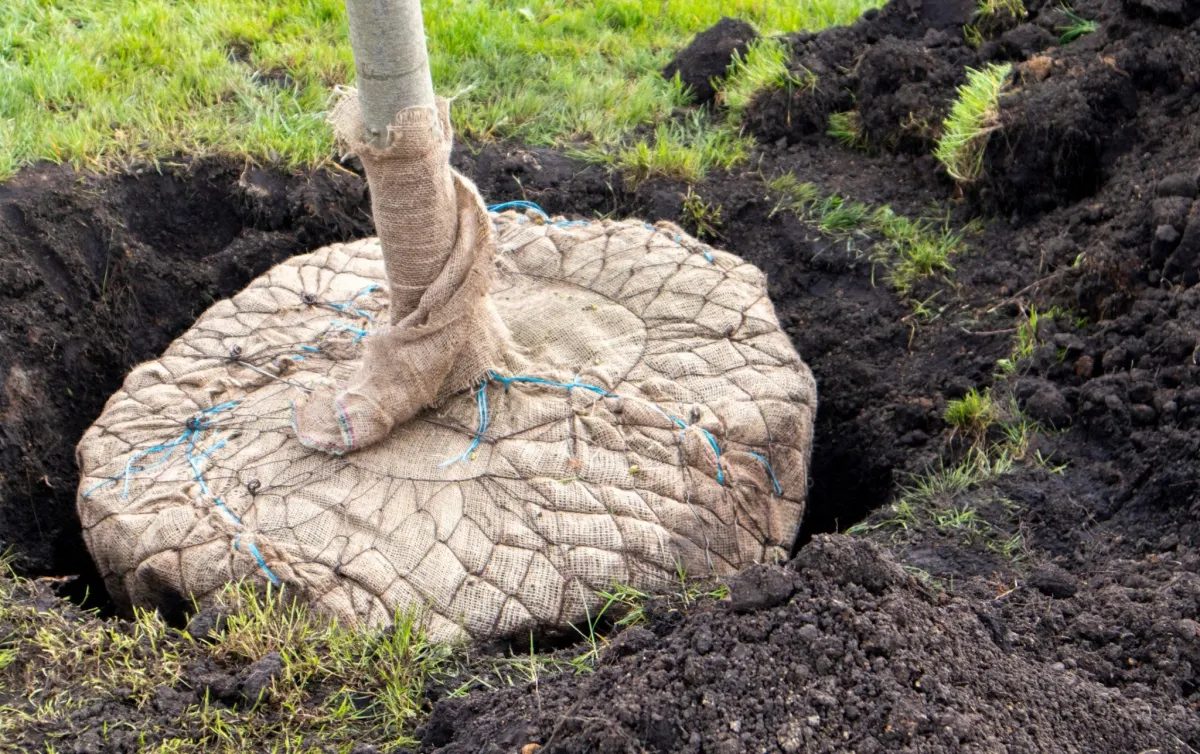
Understanding Louisville's Climate
Louisville has a humid subtropical climate with hot summers, mild winters, and plenty of rain year-round. These conditions affect when it’s best to plant trees. Usually, the ideal times for planting in Louisville are during the spring and fall seasons.
Spring Planting: A Fresh Start
Why Spring is Ideal
Spring is a great time to plant trees because the soil starts warming up after winter. Mild temperatures and more rainfall help young trees grow strong roots before the summer heat sets in. Planting in early spring, usually from late March to early May, gives trees a good start for the growing season.
Best Practices for Spring Planting
1. Pick Healthy Saplings
Choose trees that thrive in Louisville’s climate and soil. Native options like the Kentucky coffeetree, eastern redbud, and northern red oak are great because they’re well-suited to the area. Look for saplings with a strong, straight main trunk (central leader) and evenly spaced branches. Avoid trees with damaged bark or discolored leaves, which can signal disease. Check the roots to ensure they’re healthy. If the tree is in a container, carefully remove it to see if the roots are circling or tangled. Healthy roots should look white and fibrous.
2. Prepare the Planting Spot
Pick a spot with the right amount of sunlight for the tree species. Most trees need full sun, but some, like the eastern redbud, grow well in partial shade. Test how well the soil drains by digging a foot-deep hole and filling it with water. If the water drains in about an hour, the drainage is good. If not, mix organic material into the soil to improve drainage. Clear away grass and weeds from a 3-foot area around the planting spot. These can steal water and nutrients from the young tree.
3. Use Proper Planting Techniques
Dig a hole twice as wide as the tree’s root ball and the same depth. This gives the roots plenty of space to spread. Place the tree in the hole so the root flare (where the trunk meets the roots) is slightly above ground level. Planting it too deep can harm the roots. Fill the hole back in with the soil you dug out, pressing it gently to remove air pockets. Don’t add fertilizer yet, as it can harm the young roots.
4. Water and Mulch
Water the tree well right after planting to help settle the soil and remove any air pockets. Keep the soil evenly moist by watering deeply once or twice a week. This helps the roots grow deep and strong. Spread a 2-3 inch layer of mulch around the base of the tree to keep the soil moist and regulate temperature. Keep the mulch a few inches away from the trunk to prevent rot.
Fall Planting: A Time for Roots
Why Fall is Beneficial
Fall, from late September to early November, is also a great time to plant trees in Louisville. The soil stays warm, helping roots grow even as the air gets cooler. Trees planted in the fall can concentrate on building strong roots without the stress of summer heat.
Best Practices for Fall Planting
1. Timing is Crucial
Plant trees early in the fall, between late September and early November, so roots can grow before the first hard freeze. Watch the weather to avoid planting just before an early frost or during a long dry spell. Trees need a few weeks of mild temperatures to establish their roots.
2. Mulch and Protect
Add a 2-4 inch layer of organic mulch, like wood chips or shredded bark, around the base of the tree. This helps keep the soil moist and protects roots from temperature swings. Spread the mulch in a wide circle, at least 3 feet from the trunk, but leave a gap of a few inches around the trunk to prevent rot. Use tree guards or wraps to shield the trunk from extreme temperatures and animal damage. This is especially important for young trees or those with thin bark.
3. Water Carefully
While fall rains help, newly planted trees might need extra watering. Check the soil often, especially during dry spells. Water deeply but less often to promote deep root growth. A slow trickle from a soaker hose or drip irrigation works best. As the weather cools and the tree becomes dormant, reduce watering, but keep the soil moist until the ground freezes.
4. Watch for Pests
Look out for pests like aphids, scale insects, and spider mites, which can harm young trees in the fall. Check the tree regularly for signs of trouble, such as discolored leaves, bark damage, or sticky residue. Catching problems early can prevent serious damage. Use organic or chemical pest controls as needed, following label instructions.
Avoiding Summer and Winter Planting
Challenges of Summer Planting
Planting trees in the summer can be tough because of the heat and possible droughts. Trees planted during this time experience more stress and need extra care, especially frequent watering, to stay healthy. If you have to plant in the summer, pick drought-tolerant species and ensure they get enough water to thrive.
Risks of Winter Planting
Planting trees in the winter is usually not recommended in Louisville. While the winters tend to be much warmer than other parts of the country, the relatively cold temperatures and harder ground make it more challenging for roots to grow. Trees planted in winter may struggle to establish and could be damaged by frost and ice.
Frequently Asked Questions
FAQ's
Q1: How can I tell if my tree is getting too much or too little water?
A: Watering trees correctly is important because overwatering can cause root rot and fungal diseases, while underwatering can lead to stress and slow growth. Signs of overwatering include yellowing leaves, a mushy trunk, and a sour smell in the soil. Underwatering shows up as wilting, dry or crispy leaves, and stunted growth. To check the soil moisture, dig about 6 inches near the tree’s base. The soil should feel damp but not soggy. Adjust your watering routine based on what you find.
Q2: What steps should I take if my newly planted tree starts showing signs of stress?
A: If your newly planted tree looks stressed, with signs like wilting, leaf drop, or discolored leaves, start by checking the soil moisture to ensure it’s not too wet or too dry. Adjust your watering as needed. Add mulch around the tree’s base to help keep moisture in and regulate the soil temperature. Avoid using fertilizer on a stressed tree, as it can make the problem worse. Trim off any damaged or diseased branches, and consider using a tree tonic or anti-transpirant to help reduce water loss. If the tree’s stress continues, reach out to us for advice and treatment.
Q3: How close to a structure can I plant a tree?
A: When planting trees near buildings or utilities, careful planning is essential. Large trees with spreading roots can damage foundations, sidewalks, and underground utilities. Always call 811 before digging to find underground utility lines. Select tree species with smaller, less invasive root systems for areas near structures or pavement. Keep a safe distance from overhead power lines to avoid problems as the tree grows. Check local rules or ask us how to choose the best spot for your trees.
Q4: How can I protect my tree from pests and diseases in the first few years?
A: Keeping your tree safe from pests and diseases requires a few proactive steps. Regularly check for signs of pests, like holes in leaves, sap leaking from the trunk, or visible insects. Apply organic or chemical treatments as needed, following safety instructions carefully. Keep your tree healthy with proper watering, mulching, and pruning, which helps reduce stress and makes it more resistant to problems. Attract helpful insects and birds that eat pests by creating a diverse garden. If pest or disease issues become serious, consult a local arborist for expert advice and solutions.
Contact Us
Service Hours
Social Media
Looking for landscaping, lawn care, or other home services?

Contact Us
+1 502-483-0511
Prospect, Louisville, KY 40222
Service Hours
Mon- Fri: 9am - 5pm
Sat & Sun: Appt Only
Social Media

2026 | Apex Pros | Rights Reserved





